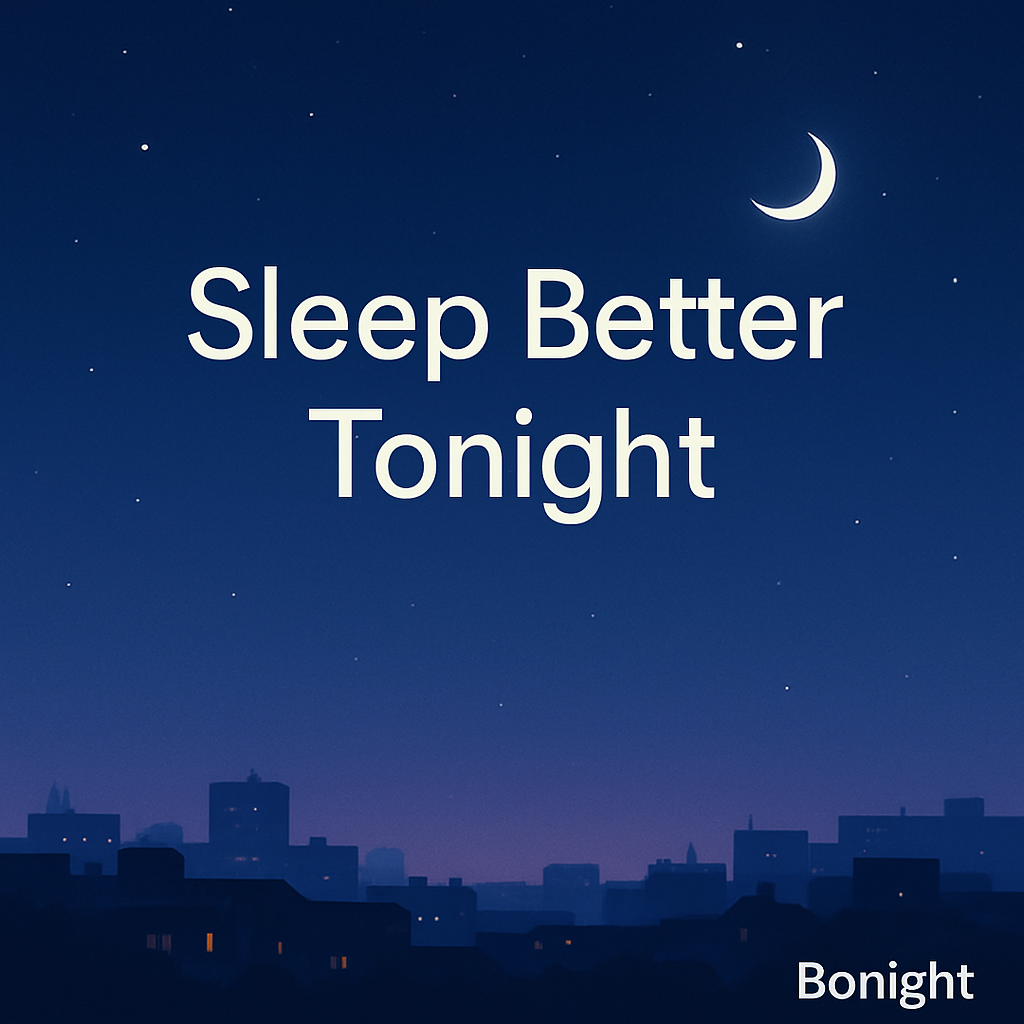Sleep Hygiene Checklist
The ultimate checklist to optimize your bedroom and habits for better sleep.
View ChecklistStruggling to fall asleep? Bonight provides practical guides, sleep hygiene checklists, and science-based tips to help you get the deep rest you deserve.

Explore our most popular resources for overcoming insomnia.
The ultimate checklist to optimize your bedroom and habits for better sleep.
View ChecklistCognitive Behavioral Therapy for Insomnia techniques you can try tonight.
Learn TechniquesUnderstand why you keep waking up in the middle of the night and how to fix it.
Read GuideAnxiety and racing thoughts are the #1 enemy of sleep. Try this simple 4-7-8 breathing exercise to lower your heart rate and prepare for rest.
No. Short sleepers naturally need less sleep. Insomnia is a disorder where you struggle to sleep despite having the opportunity, affecting your daily life.
Short naps (10-20 mins) can help, but long or late naps can disrupt your sleep drive, making it harder to fall asleep at night.
They may help short-term, but aren't a cure. CBT-I and sleep hygiene are considered better long-term solutions without side effects.
Yes, stress increases cortisol, making it hard to relax. Relaxation techniques and mindfulness can help manage stress-induced insomnia.